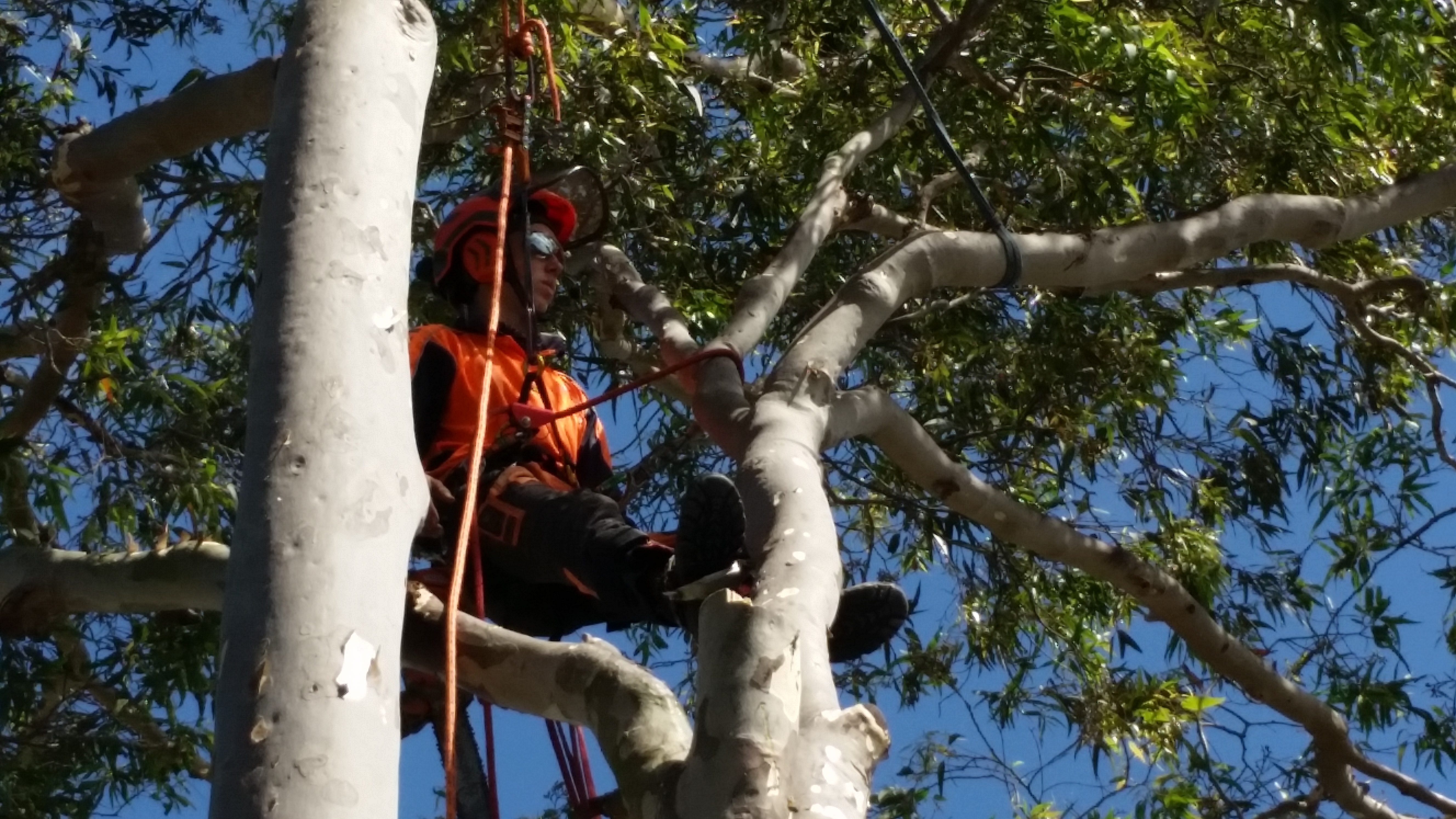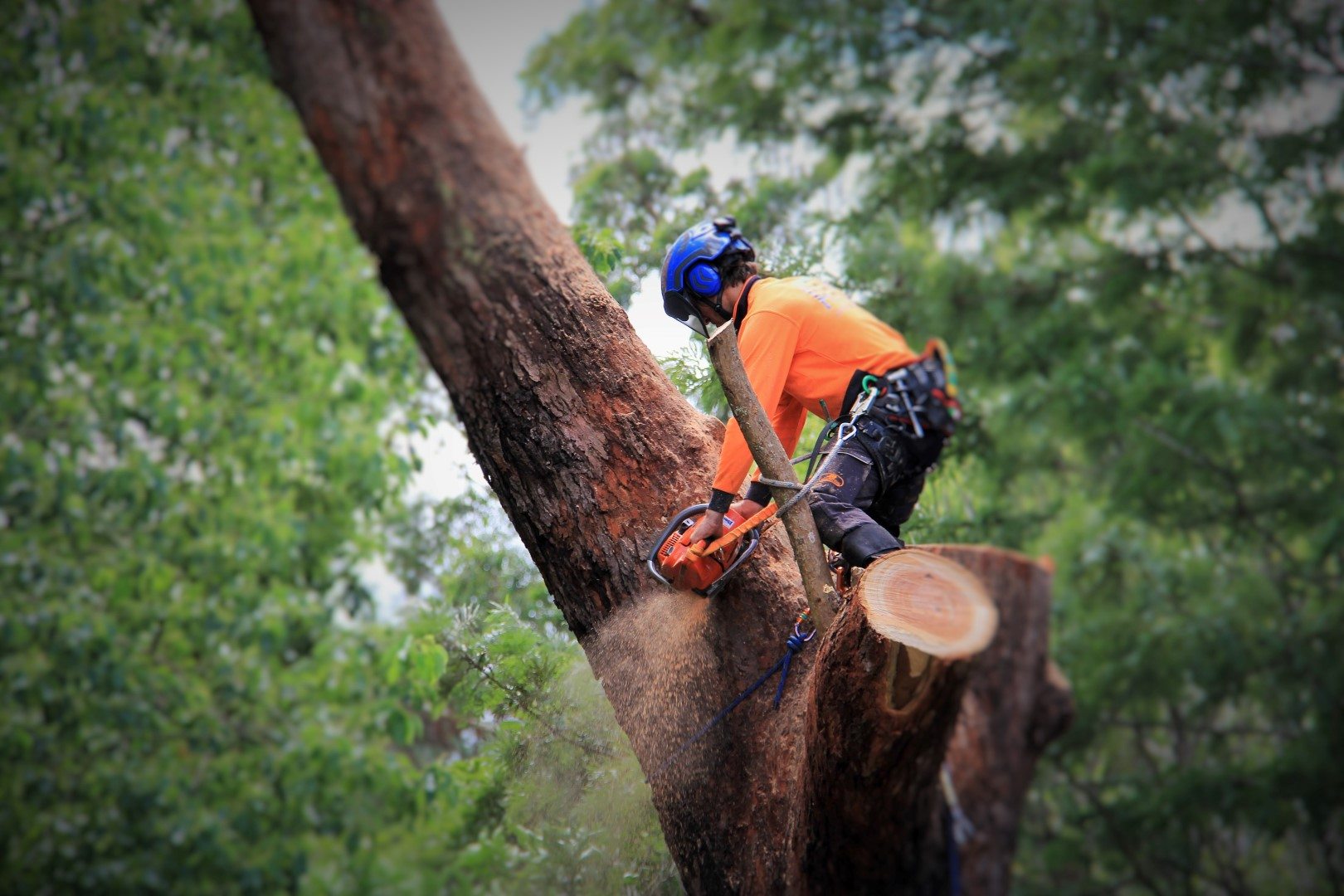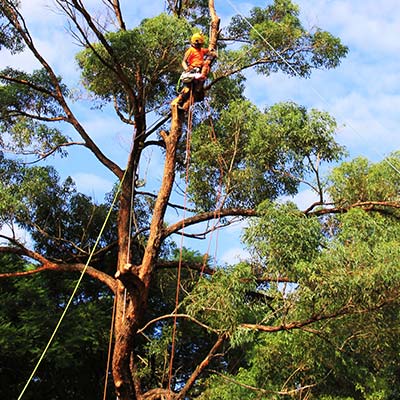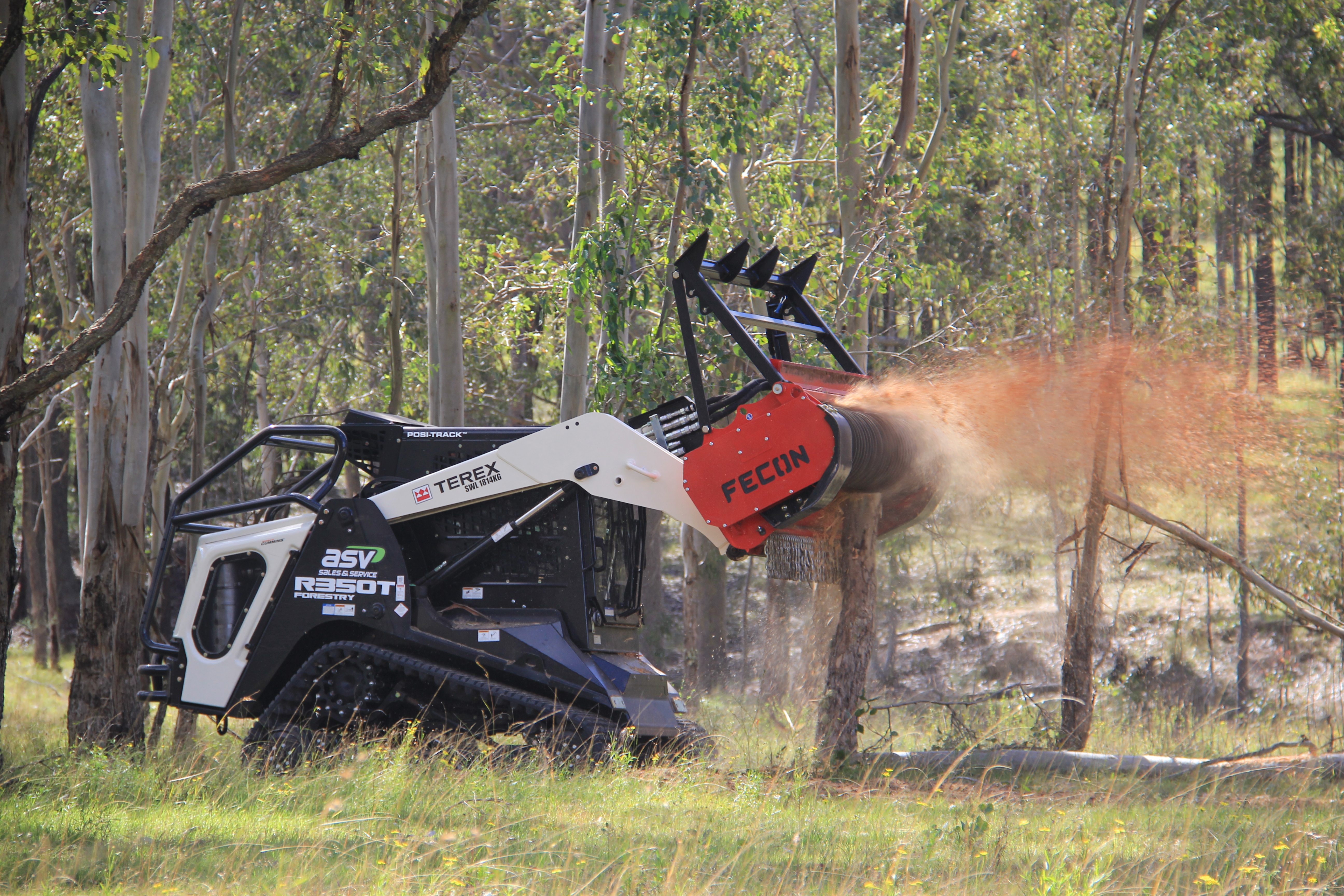We provide land clearing and vegetation management services for a variety of projects. We have both the equipment and experience needed for this type of work.
Avoid Trouble With a Tree Risk Assessment
Trees are like part of the furniture of the outdoor world. They stand there, doing their bit for the environment by contributing to air quality, they are often beautiful and can bring a sense of nature to the most soulless of manmade areas. But trees are living things that grow and change and are not indestructible, so sometimes they come under scrutiny on health and safety grounds. In such cases, specialist arborist consultants such as Assurance Trees are called upon to carry out tree risk assessments. This can be for a number of reasons relating to how a tree affects, or could potentially affect the things and people around it.
What can a Tree Risk Assessment tell us?
Our level 5 arborists can look at overall health, weaknesses and defects, and conditions in the surrounding area that could contribute to trouble. If there is any question at all about the safety of people in the area, or potential damage to property, vehicles and so on, we can give an expert arboricultural impact assessment report that can prevent issues from happening. We have certifications in safety management and quality management, so it’s fair to say we’ve got the whole subject covered. Our Senior Consulting Arborist has been called as an expert witness in court proceedings, so if the legal profession has faith in us, that must mean something. Read More
What are Certified Tree Risk Assessors?
A certified tree risk assessor is someone who has studied the field of tree risk assessment & tree risk management and gained an official qualification to show they have a good level of expertise in the subject. Arborist is the name given to someone utterly dedicated to their craft, so an arborist tree risk assessment is like an assessment by a specialist at a hospital, and we are proud to say we have staff of that calibre. In addition to that, our company lives by a number of key values: excellence, honesty, integrity, reliability, respect and safety. Our expert knowledge is backed up by the latest technology that can help in providing accurate tree risk assessments, but also helps in such elementary areas as punctuality and efficiency. When we’re depending on a certain piece of machinery to do a certain job, our technology tracks where it is and when it will arrive.
Is Tree Pruning Assessment Really Necessary?
Tree pruning risk assessment looks at one of the most important tree care activities: altering the shape and balance of the tree. Tree Pruning is generally done for the best of reasons – maintaining its health – but it constitutes surgery and must be undertaken by experts with a clear understanding of the consequences of any operation – that is to say benefits versus potentially harmful effects. Read Less
I need an Arborist Tree Risk Assessment. How Do I Get Started?
Just contact us by phone or using the online form. Give us a good idea of what’s concerning you and we’ll give you all the help you need.
Whichever side of the divide you’re on – as a landowner whose tree is the focus of the activity or someone concerned about the potential impact of someone else’s tree, Assurance Trees will give a solid, unbiased assessment of the situation.
Our Qualifications
- Diploma in Arboriculture (AQF5)
- Trade Certificate in Arboriculture (AQF3)
- TRAQ Risk Assessor (International Society of Arboriculture)
- Cert 4 in Building and Construction
- NSW Builders Licence
- Trade Licence (Carpentry)
- Chemical Cert 3
- Police Check
- Working with Children Check
- Rail Cat 3 Cert
- White Card
- Elevated Work Platform Licence
- Dogging License (Cranes)
- Occupational First Aid
- Senior First Aid
- Power Lines Awareness Cert
- Traffic Controller Cert
- Traffic Controller Supervisor Cert
- Heavy Rigid Truck Licence






